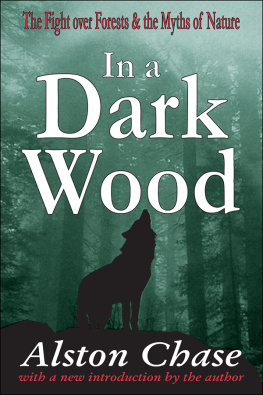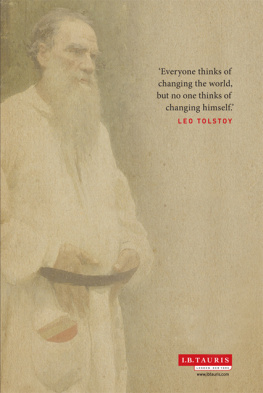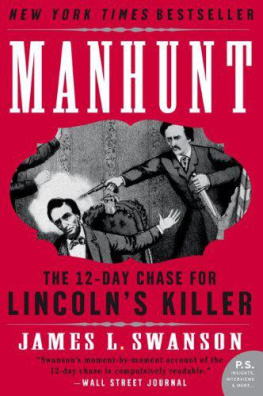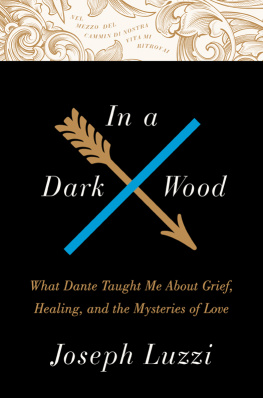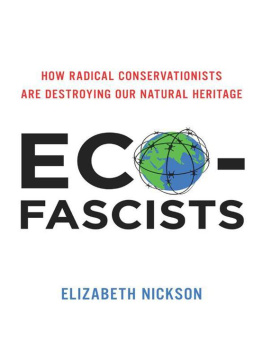Originally published in 1995 by Houghton Mifflin Company.
Published 2001 by Transaction Publishers
Published 2017 by Routledge
2 Park Square, Milton Park, Abingdon, Oxon 0X14 4RN
711 Third Avenue, New York, NY 10017, USA
Routledge is an imprint of the Taylor & Francis Group, an in forma business
New material this edition copyright 2001 by Taylor & Francis.
All rights reserved. No part of this book may be reprinted or reproduced or utilised in any form or by any electronic, mechanical, or other means, now known or hereafter invented, including photocopying and recording, or in any information storage or retrieval system, without permission in writing from the publishers.
Notice:
Product or corporate names may be trademarks or registered trademarks, and are used only for identification and explanation without intent to infringe.
Library of Congress Catalog Number: 00-053260
Library of Congress Cataloging-in-Publication Data
Chase, Alston.
In a dark wood: the fight over forests and the myth of nature / Alston Chase; with a new introduction by the author,
p. cm
Originally published: Boston: Houghton Mifflin, 1995. With a new introd.
Includes bibliographical references (p).
ISBN 0-7658-0752-1 (alk. paper)
1. Old growth forestsNorthwest, Pacific. 2. Old growth forest conservationNorthwest, Pacific. 3. Old growth forest ecologyNorthwest, Pacific. I. Title.
SD387 .043 C48 2000
333.75T7W795dc21
00-053260
ISBN 13: 978-0-7658-0752-6 (pbk)
To the memory of my mother,
JUDITH WRAGG CHASE
who loved nature,
pursued art,
and
relished the life of the mind
What force moves nations?... The movement of peoples is not produced by the exercise of power; nor by intellectual activity, nor even by a combination of the two, as historians have supposed; but by the activity of all men taking part in the event.
Leo Tolstoy
Ideas shape the course of history.
John Maynard Keynes
W HO IS GOING TO READ THIS BOOK? Who will like it? Who will understand it? my wife, Diana, asked after reading the original manuscript of In a Dark Wood six years ago.
In truth, I didnt know. I couldnt even say succinctly what the book was about (an inability that would prove a significant handicap when promoting it on television later and being asked to condense the story into a thirty-second sound bite).
For In a Dark Wood has too many dimensions to be summarized simply. In one dimension, it is the story of a very human conflict over forests and threatened species in the Pacific Northwest. In a second dimension, it recounts the biographies of the people engaged in this conflict. In a third, it is an intellectual history, tracing the origins and developments of the ideas about nature that drove these combatants into collision with one another. In a fourth, it is a philosophical analysis, not only of some ecological models and hypotheses, but also of the ideologies embraced by both environmentalists and their critics. And finally, it is a critique of existing preservation policies, offering recommendations for reform.
Taken together, these dimensions contained enough to anger just about everyone, I feared. Preservationists and federal bureaucrats wouldnt like to read why their favorite policies are failing. Some ecologists wouldnt be pleased to learn that their cherished hypotheses are pseudo-science. Journalists might take offense at my criticisms of their coverage.
Neither environmentalists, who would replace most farming, ranching, logging and mining, no matter how well regulated, with an unregulated industry they call ecotourism (e. g., attracting hoards of anglers who overfish rivers, trains of horse packers who bring noxious weeds into wilderness, and armies of hikers whose effluent pollutes the backcountry), nor free-market advocates (who believe the economic decline of rural America represents capitalisms capacity for creative destruction), would accept my thesis that only those who live on the land can save it. And those who actually do live on the land and call themselves collectively the Wise Use Movement would be unhappy with my calling them neither wise nor useful.
It is the heart of the book, especially namely its historical and philosophical dimensions that I feared were least likely to be appreciated. Unless one understands the evolution and scientific merits (or lack thereof) of the ideas that provoke conflicts over natural preservation, one cannot hope to know how these great debates should be resolved. Yet most die-hard greens and their equally die-hard opponents know and care little about such questions.
Sad to say, while most combatants in environmental wars are highly trained in some speciality or other, very few are educated in the broader dimensions of the liberal arts, especially those fields concerning the history of ecology and verification of scientific hypotheses. The other players in these conflicts journalists, bureaucrats, and other land managers share similar blind spots.
Consequently, the challenge facing In a Dark Wood was especially daunting: The book seemed destined to infuriate everyone seriously interested in natural preservation. Those who most needed to hear its message would perhaps be the least likely to understand it.
I had to hope, therefore, that while In a Dark Wood would not find enthusiastic support among experts, it might nevertheless attract a wider following with the best kind of audience general readers who are open-minded and possess an abiding curiosity about the history and nature of the ideas that infuse politics. In that way, I hoped, despite the hostility of the experts and political players, my book might yet ignite a groundswell of popular support for reform.
As it turned out, I was partly right. Many general readers loved In a Dark Wood. Numerous experts hated it. But the fans were not sufficiently numerous to overcome opposition to reform. And few, it seemed, actually understood it. Consequently, in its hard cover iteration, In a Dark Wood had absolutely no effect on public policy at all.
The New York Times Book Review correctly anticipated the reception that In a Dark Wood would receive. It clearly liked the book, calling it a gripping story.... an uncommonly astute analysis of a movement (and) a surpassingly careful effort to understand and give context to a great political drama that has no heroes and many casualties. But the Times also saw the problem: Such a clear-eyed assessment, it wrote, is not likely to earn Mr. Chase applause in either corporate board rooms or the offices of the Sierra Club Legal Defense Fund.




